The Hagia Sophia is one of the largest and one of the most famous landmarks in Christianity, Orthodoxy, and in the Islamic World. It is one of the first known Churches built for the new rising religion of Christianity. The Hagia Sophia is located in modern day Istanbul, formally Constantinople(Roman-Greco Empire) and has dominated the city for over a millennium. The cost to build such a landmark is outstanding. It costed over 120.000,000 Euros to construct if it were built in today’s world. The Hagia Sophia is currently being used as a Mosque for those practicing the Islamic Religion.
The Hagia Sophia has a mysterious underground systems of tunnels, rooms, and canals, all are which located underneath the Ancient City of Constantinople(Istanbul). The Hagia Sophia is full of crypts and catacombs during the early Christian Period The bigger spaces, rooms, located under the church, were used to hide relics and objects from the past to keep away from invading enemies and war.
The Hagia Sophia is built over and ancient Pagan Temple. Rooms have been found under the church dedicated to Paganism, and rituals. which means underneath the Hagia Sophia is a complete other building. Based on ancient scripts and texts found in the church, it was believed that Satan himself is imprisoned underneath the Hagia Sophia and that is why nobody has ever explored the underground space in the past. Others say the priests of the Hagia Sophia hid valuable Byzantine relics in the crypts and catacombs under the church right before the fall of Constantinople.
It was customary of early Christians to bury their dead in the secret ossuaries and crypts under their churches, such as the case with the Hagia Sophia. This practice of Christian burial was highly common in Constantinople during the Byzantine Empire. There are rooms under the Hagia Sophia which were used for Catacombs and graves. St. Antinegos is the first person to be buried under the Hagia Sophia in the 13th Century and also Patriarch Anthanasius.
There are Two corridors which connect the Hagia Sophia to the Sultanahmet Square and the Topkapi Palace. These corridors were used at one time by the Byzantine Emperor Theodosius II in the 5th Century. The Basilica Cistern, a subterranean palace, also connects to the Hagia Sophia. The Basilica Cistern was built in the 6th Century during the reign of the Byzantine Emperor Justinian I. It is said the Basilica Cistern was large enough for boats to sail through underneath the city of Constantinople.
The tunnels under the city and the Hagia Sophia reached crypto rooms and all rooms held for secret worship and secret writings. The rooms held a vast amount of history. There as stories of when it was a Pagan Temple underneath the the Church, it was used for human sacrifice. Human remains have been found from excavations near the Hagia Sophia which they assume the sacrifice took place within the Pagan Temple.
In 1937, teams of European archeologists and geologists began researching the Hagia Sophia: However, their investigations ended quickly because of the outbreak of World War II. In 1945, there was another attempt by archeologists. They decided to pump water under the Church to facilitate the excavation. It failed, resulting ot any future excavations being cancelled and the Hagia Sophia being closed due to the public for years.
It was not until 2005 that excavations started up again in the wells of the area where the last excavation took place in order to examine the way in which the network of tunnels in the city operated and connected with the Hagia Sophia. This search identified 9 wells in the surrounding area of the church. Five of the wells still had water and two were fully explored, while a few of the tunnels were found that functioned as ventilations and dehumidification systems.
In 2006, a grand excavation ensued which ended up becoming a popular documentary by Goksel Gulensoy, Inferno and Beneath the Hagia Sophia. The excavation discovered two tanks that connect the Church to the underground Basilica Cistern and the Tupaki Palace, which was built on a hill overlooking the Bosporus Straight.
LEGENDS OF THE HAGIA SOPHIA AND THE TUNNELS:
Earlies legend was about the first day the Hagia Sophia was finally opened. In 537 AD, the Byzantine Emperor Justinian I was supposedly to have entered the building and cried out, “Solomon, I have surpassed you,” referencing the Bible to King Solomon’s Temple in Jerulsalem.
In the 7th Century, one of the Church’s domes collapsed. No on in Constantinople at that time knew how to repair it. So the Emperor sent the word out to the Prophet Muhammed and he sent him back instructions on how to repair the damaged dome, along with camels loaded with a special mortar made of sand from Mecca and the saliva of the Prophet Muhammed. Muhammed also said he had seen a model of the Hagia Sophia in heaven when he was taken by the Angel Gabriel one night.
Before the Hagia Sophia was built, the Temple Treasury ran out of money and an angel, in human guise, provided the money needed to finish the work.
The Perspiring Column: A column in the Hagia Sophia on its North Side. One was told if you insert our finger n it and you find your finger wet, it was a cure for blindness or infertility, according to St. Gregory Thaumaturgus.
The maintenance door of the Hagia Sophia is to hve been made of the wood from Noah’s Ark.
The Last Emperor of Constantinople’s body was never found after the city was conquered. Legends grew that this last Emperor would one day return and upon entering the Hagia Sophia, by the Imperial entrance, the church would turn back from being a mosque into a Christian Church. The Hagia Sophia was converted to a Mosque in 1453 AD with the fall of Constantinople.
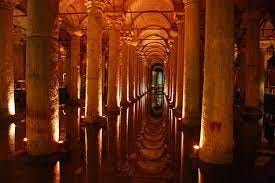


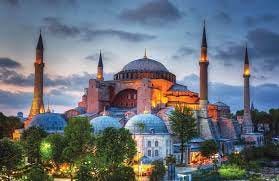
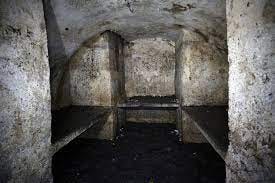



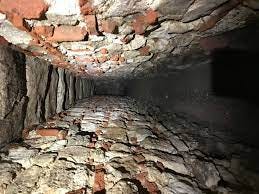
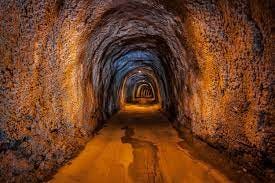
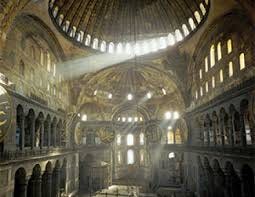
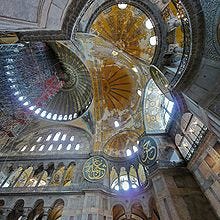
Have you visited the site? The entire world marched thru there for centuries. If only the walls could talk!
great information. Thank you for sharing